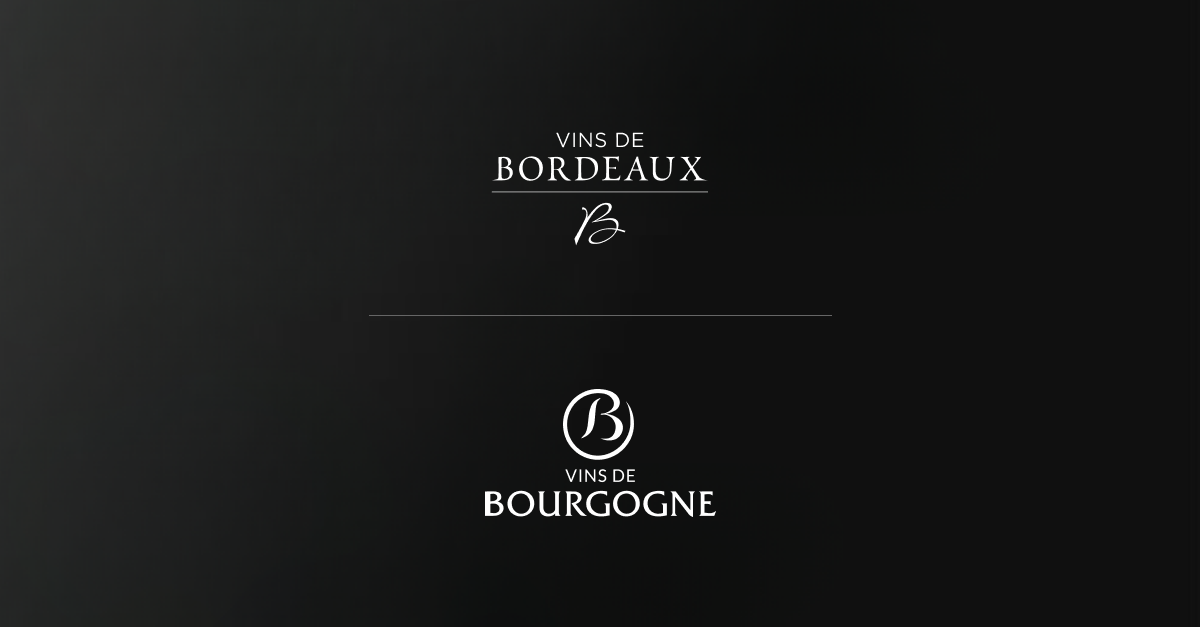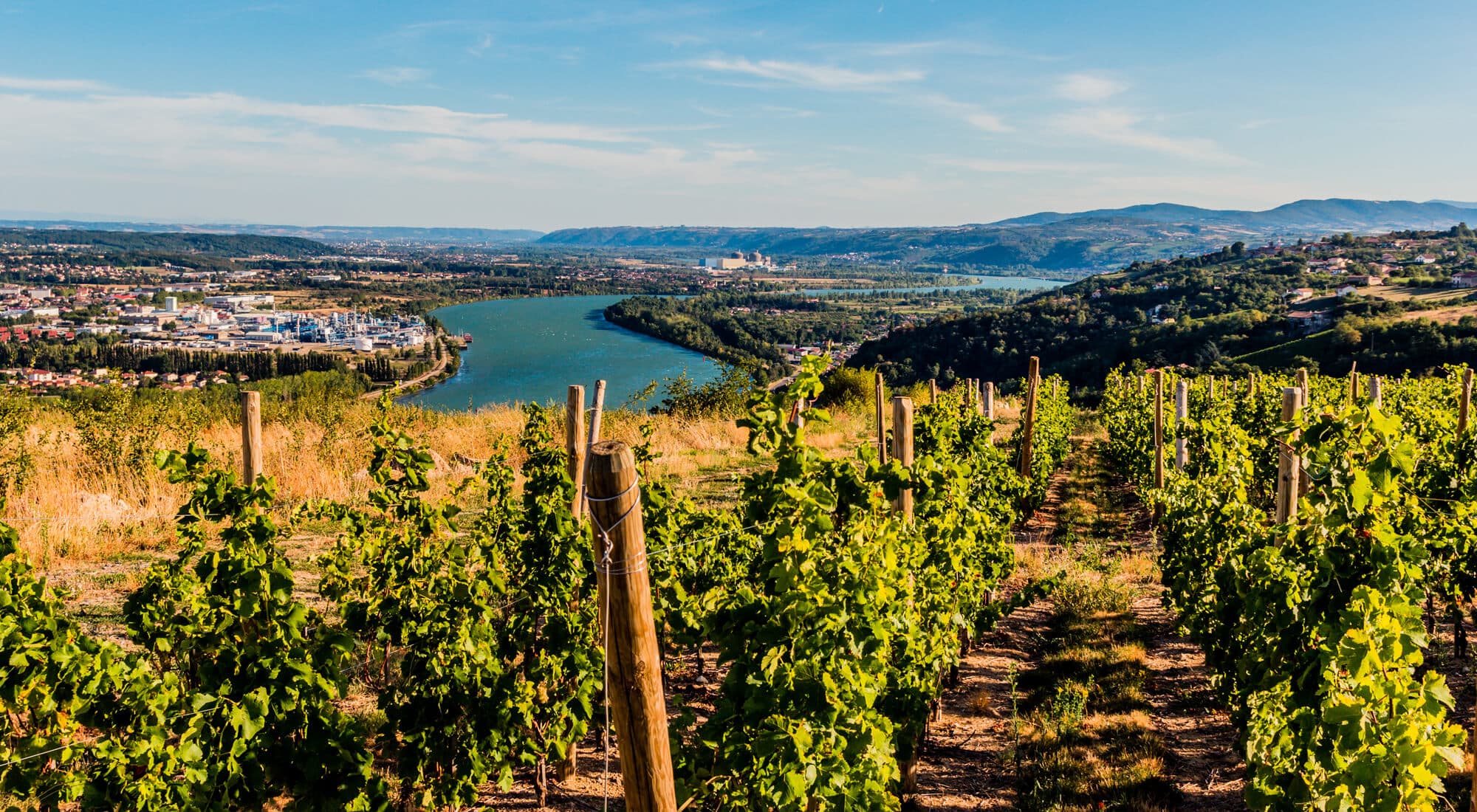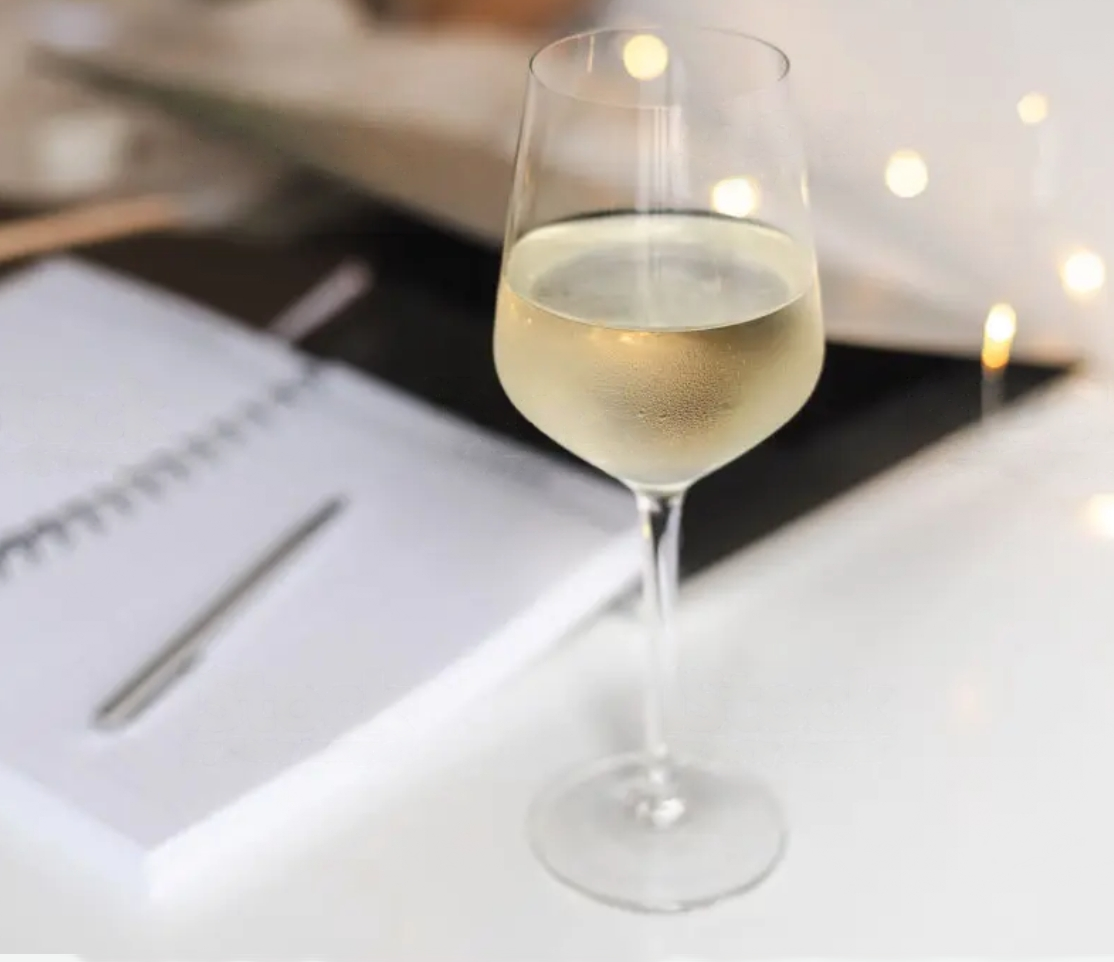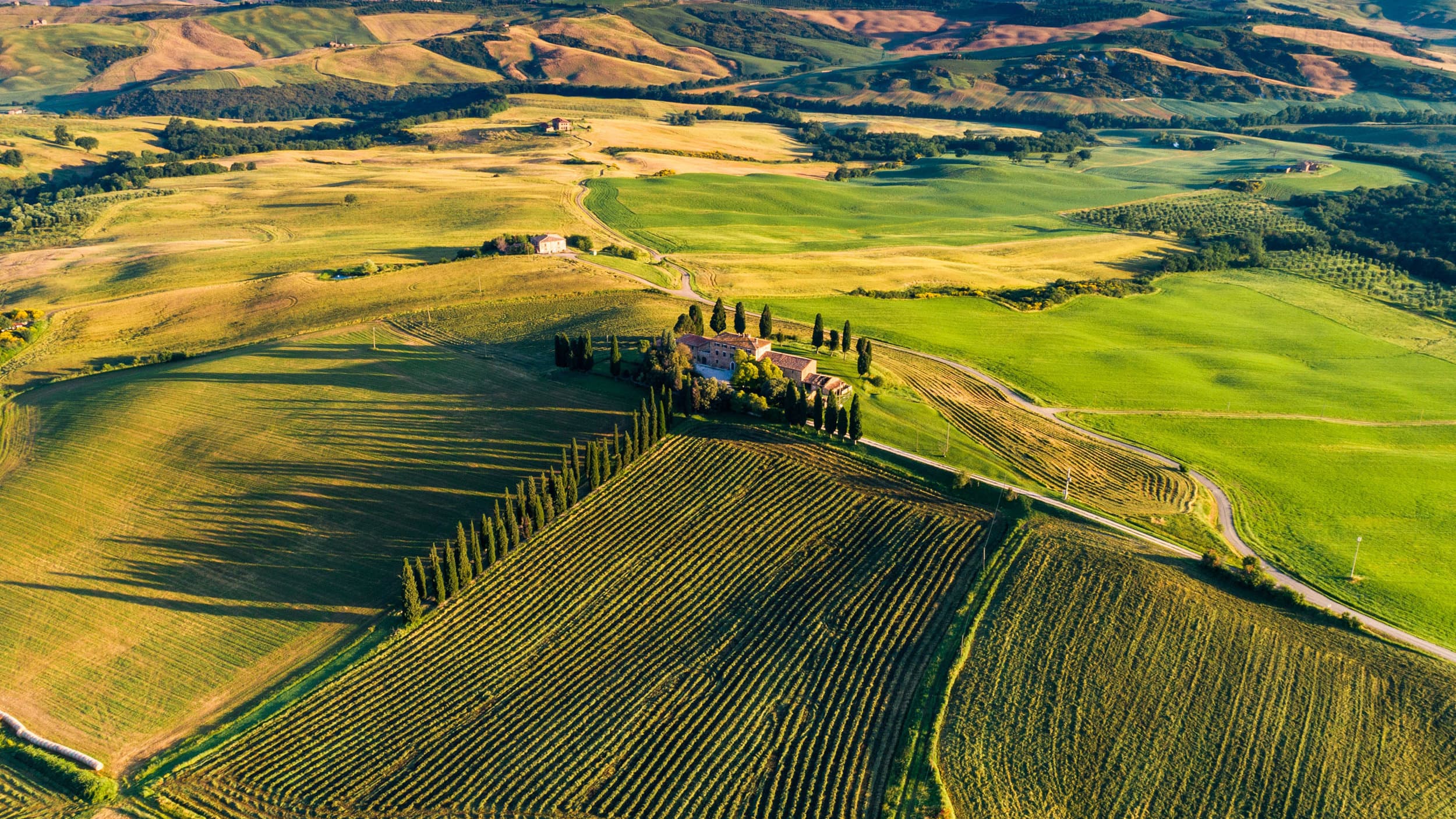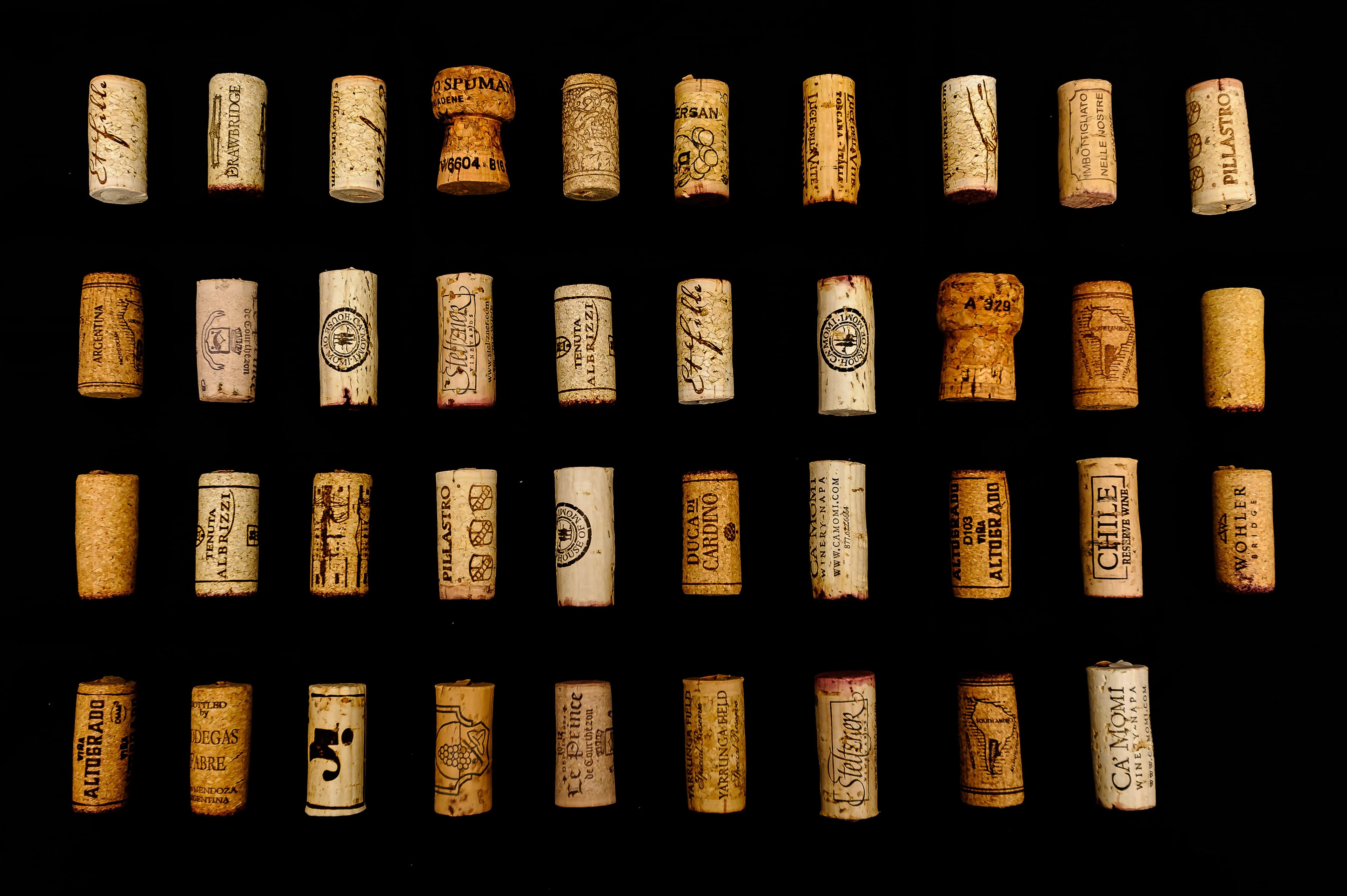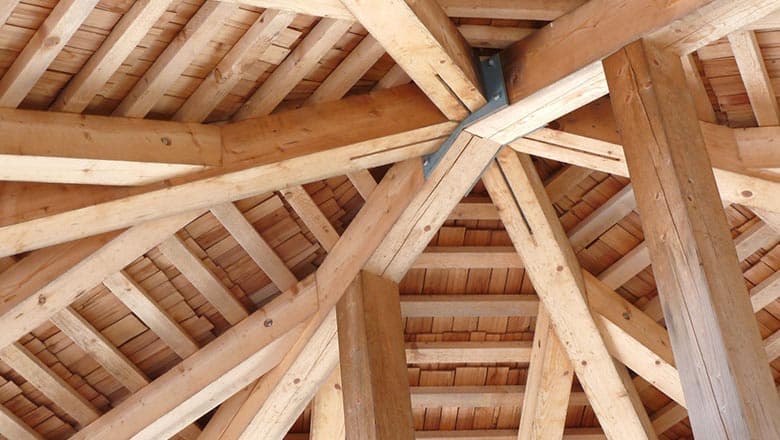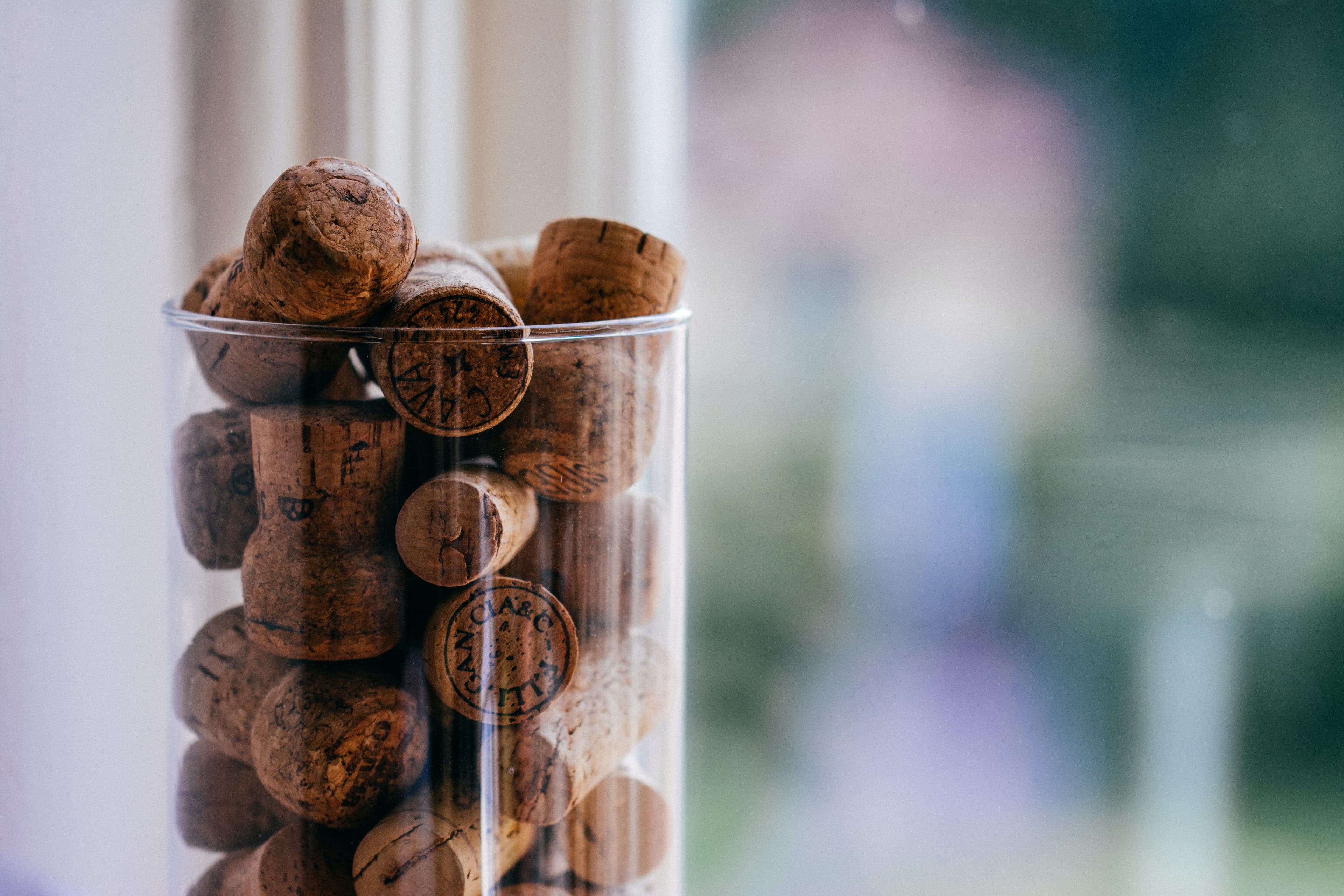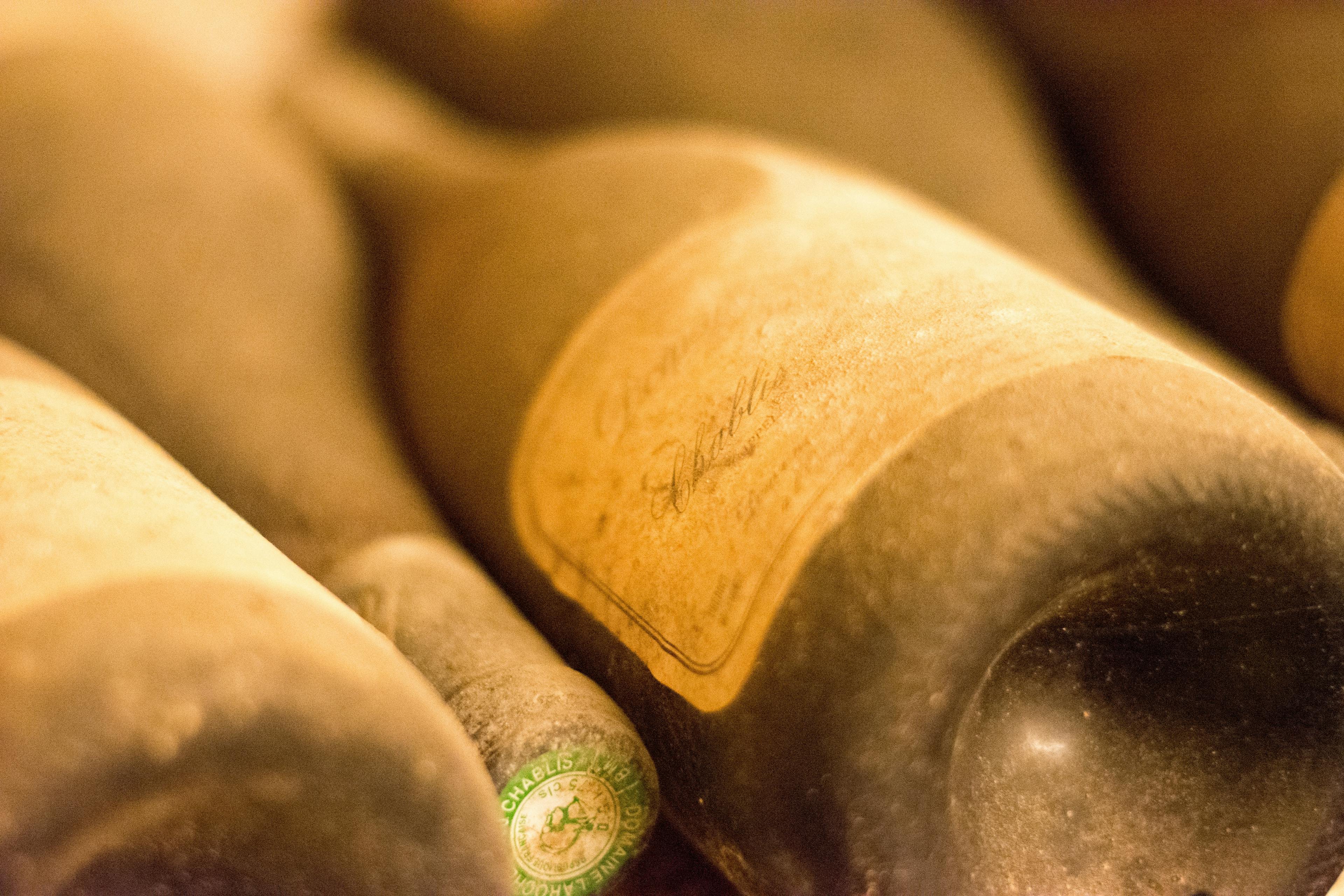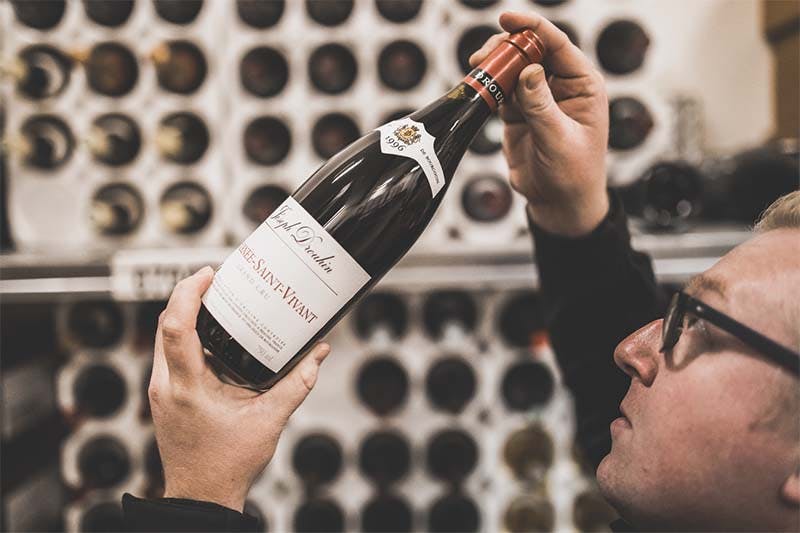
Discovering the unique flavors of Domaine des Lambrays offers a fascinating glimpse into the world of fine Burgundy wines. Nestled in the heart of France's prestigious wine regions, Domaine des Lambrays is celebrated for its exceptional Pinot Noir, which reflects the rich terroir and meticulous winemaking practices. This article delves into the sensory experiences provided by these exquisite wines, exploring their complex bouquet, palate, and the subtle nuances that make each vintage distinct. Whether you're a seasoned oenophile or a curious novice, understanding the taste of Domaine des Lambrays can enhance your appreciation of wine craftsmanship and heritage.
Profile of Aromas and Flavors in Domaine des Lambrays
Domaine des Lambrays, a revered name in Burgundy, is celebrated for its complex and elegant wines. This esteemed vineyard produces a Pinot Noir that is both rich and refined, offering a symphony of aromas and flavors that captivate connoisseurs and casual drinkers alike. The profile of this exquisite wine includes:
Cherry and Raspberry: Fresh red fruit notes are prominent, providing a vibrant and juicy start.
Earth and Truffle: As the wine opens up, it reveals deeper, earthy undertones that hint at truffle and forest floor, adding layers of complexity.
Spice and Oak: Subtle hints of clove and cinnamon blend seamlessly with well-integrated oak, leading to a smooth and lingering finish.
Each sip of Domaine des Lambrays invites a discovery of nuanced scents and tastes, making the experience of enjoying it truly unique. Whether paired with food or savored alone, this wine promises a memorable palate adventure, reflecting the rich terroir and meticulous craftsmanship of its makers.
The Influence of Terroir on Its Taste
The unique terroir of Domaine des Lambrays significantly shapes the taste of its wines. Nestled in the heart of Burgundy, France, this vineyard benefits from a combination of rich soil, ideal climate, and optimal sun exposure, which collectively contribute to the distinctive flavor profiles of its offerings. The soil here is a complex blend of limestone and clay, imparting a mineral quality to the wine that is highly prized among connoisseurs.
Understanding the craftsmanship involved in cultivating these vineyards reveals how deeply terroir influences the final product. Each vine is tended with meticulous care, ensuring that all elements from pruning to harvesting enhance the natural qualities of the terroir. This attention to detail ensures that each bottle expresses the essence of its origin.
Mineral Richness: The limestone component of the soil adds a crisp, stony note to the wine, which is often highlighted in tasting notes as a key characteristic.
Climate Influence: The temperate Burgundian climate allows for slow, even ripening of grapes, which helps develop complex flavor layers.
Sunlight Exposure: Vines receive optimal sunlight, promoting photosynthesis which is crucial for flavor development in grapes.
These factors, when combined, create a wine that is not only a reflection of its environment but also a testament to the skilled hands that nurture it from soil to sip.
Aging Potential and Its Impact on Flavor
Aging potential significantly influences the flavor profile of Domaine des Lambrays, a renowned Burgundy wine. As the wine matures, its characteristics evolve, offering a more complex and refined taste. Initially, the vibrant fruit flavors are prominent, but over time, these mellow and blend with earthy and spicy notes, creating a harmonious balance that is highly sought after by connoisseurs.
Understanding the aging process is crucial for appreciating how the wine's flavor transforms. Here are key factors that impact the aging potential of Domaine des Lambrays:
Tannin Levels: Tannins, naturally found in grape skins, are pivotal for the longevity of red wines. They soften gradually, reducing astringency and enhancing smoothness.
Acidity: Wines with higher acidity levels tend to age better. Acidity preserves freshness and prevents the wine from becoming flat as it ages.
Storage Conditions: Proper storage is vital. Wines should be kept at consistent temperatures, away from light and vibration, to age optimally.
For those looking to enjoy this wine at its peak, exploring food pairings can significantly enhance the tasting experience. Pairing Domaine des Lambrays with the right dishes can highlight its unique characteristics, making each sip memorable.
Tasting Notes: Identifying Subtle Undertones
When sampling Domaine des Lambrays, enthusiasts often note its complex profile, marked by a harmonious blend of fruit and earthy undertones. Initially, the palate is greeted with a burst of ripe cherries and blackberries, which slowly transitions into more subtle flavors. These include hints of truffle and damp forest floor, which are typical characteristics of a well-aged Burgundy. As the wine opens up, secondary notes of leather and tobacco emerge, adding depth and richness to the overall experience.
To fully appreciate these nuances, proper storage is crucial. Learn more about how to store Domaine des Lambrays to maintain its integrity and enhance its complexity. Ideal conditions involve:
Keeping bottles in a cool, dark place
Maintaining a consistent temperature, ideally around 12-14°C
Ensuring the wine is stored horizontally to keep the cork moist
By adhering to these storage guidelines, the subtle undertones of Domaine des Lambrays can be preserved and enjoyed at their best.
The Evolution of Taste in the Glass
The Evolution of Taste in the Glass reveals a fascinating journey as Domaine des Lambrays matures. Initially, upon pouring, the wine might present a vibrant ruby color with a bouquet of fresh cherries and earthy undertones. As it breathes, subtle changes occur, enhancing the complexity and depth of flavors. The initial notes of red fruit gently evolve into a more rounded profile featuring hints of spice and forest floor.
To fully appreciate these nuances, it's crucial to serve the wine at the right temperature and in the proper glassware. This not only respects the wine's profile but also maximizes the tasting experience. Here are a few tips to consider:
Allow the wine to breathe for at least 30 minutes before serving.
Use a decanter to aerate the wine and soften tannins.
Serve at a temperature between 16-18°C to best express its aromatic complexity.
Choose a glass with a wide bowl to enhance the olfactory experience.
Each of these steps helps in unfolding the layers of taste that Domaine des Lambrays has to offer, making each sip a discovery of its heritage and craftsmanship.
Comparing Young vs. Aged Domaine des Lambrays
When exploring the characteristics of Domaine des Lambrays wines, it's essential to consider the differences between young and aged bottles. Young Domaine des Lambrays typically exhibit vibrant, fresh fruit flavors such as cherry and raspberry, with a floral aroma that captivates the nose. These wines are known for their bright acidity and lighter body, making them excellent for early drinking.
On the other hand, aged Domaine des Lambrays wines develop deeper, more complex profiles. As they mature, the initial notes of fresh fruit evolve into richer, more nuanced expressions of dried fruits and spices. The texture becomes smoother, and tannins soften, leading to a silky mouthfeel. Earthy undertones and hints of leather often emerge, adding sophistication to the palate.
Young Domaine des Lambrays: Fresh, vibrant, floral aromas; bright acidity; lighter body.
Aged Domaine des Lambrays: Complex, nuanced flavors; smooth texture; softened tannins; earthy undertones.
These distinctions make Domaine des Lambrays a fascinating study in the evolution of wine over time.
The Balance of Acidity and Tannins
The Balance of Acidity and Tannins in Domaine des Lambrays is a crucial aspect that defines its unique taste profile. This renowned wine, celebrated for its elegance and complexity, achieves a harmonious interplay between acidity and tannins, which is essential for its aging potential and flavor depth. Acidity in wine adds freshness and vibrancy, acting as a backbone that supports the wine's structure. In Domaine des Lambrays, the acidity is typically well-integrated, ensuring that the wine remains lively and expressive over time.
Tannins, on the other hand, contribute to the texture and mouthfeel of the wine. They provide a slight astringency that balances the wine's inherent richness. In Domaine des Lambrays, tannins are usually smooth and well-rounded, which complements the acidity without overpowering it. This balance is particularly noticeable in the velvety finish that lingers on the palate.
For those interested in exploring more about this exquisite wine, additional facts can provide deeper insights into its production and heritage. Here are a few key points:
The vineyard practices sustainable viticulture.
It has a storied history dating back several centuries.
Each vintage reflects the unique climatic conditions of the year.
Mouthfeel and Texture Explained
Exploring the mouthfeel and texture of Domaine des Lambrays wines reveals a fascinating sensory experience. These wines are renowned for their velvety texture and complex structure, which are a direct result of the unique terroir and meticulous winemaking practices. When tasting Domaine des Lambrays, one can expect a silky mouthfeel that elegantly coats the palate, offering a balanced interplay between acidity and tannins.
Silkiness: The wines typically exhibit a smooth, silky quality that makes them exceptionally pleasant on the palate.
Richness: There is a noticeable richness, attributed to the concentrated flavors that evolve from the vineyard's age and the low-yield grape production.
Complexity: Each sip introduces layers of flavors and aromas, ranging from ripe red fruits to earthy undertones, which contribute to the overall complexity of the wine.
For those interested in the deeper history of Domaine des Lambrays, it enriches the appreciation of these textures and flavors, linking past viticultural practices to the present qualities of the wine. This historical perspective not only enhances understanding but also increases enjoyment of each glass.
Common Descriptors Used by Sommeliers
When discussing Domaine des Lambrays, sommeliers often use a variety of descriptors to capture the essence of its wines. These terms not only reflect the sensory experience but also help in understanding the complexity and uniqueness of each bottle. Among the most frequently mentioned characteristics are:
Elegant: This term is commonly used to describe the finesse and graceful nature of the wine, often highlighting its balanced structure and smooth finish.
Complex: Reflecting the multifaceted flavors and aromas, this descriptor points to the layers of taste that unfold with each sip.
Earthy: This indicates the presence of mineral and soil-like qualities, reminiscent of the terroir from which the grapes are harvested.
Fruity: Used to denote the strong presence of fruit flavors, such as cherry, raspberry, and blackcurrant, which are typical in these wines.
Spicy: This captures the hints of spices like clove or pepper, adding a piquant edge to the wine’s profile.
For those interested in exploring some of the most popular vintages, these descriptors provide a useful guide to what might be expected in terms of flavor and aroma. Each vintage carries its own unique signature, influenced by the conditions of its specific year.
How Food Enhances the Taste of Domaine des Lambrays
Pairing food with Domaine des Lambrays can significantly enhance its flavors, creating a more enjoyable dining and drinking experience. This renowned Burgundy wine, known for its elegance and depth, pairs exceptionally well with various dishes:
Red Meat: The robust structure of Domaine des Lambrays complements red meats beautifully. A classic pairing is with beef bourguignon, where the wine's complexity is heightened by the dish's rich flavors.
Mushroom-based Dishes: Earthy ingredients like mushrooms work well with the subtle earthy notes in the wine. Try it with a mushroom risotto or a truffle-infused pasta to elevate the umami flavors present in both the food and the wine.
Aged Cheeses: The tannins in Domaine des Lambrays interact wonderfully with aged cheeses such as Gruyère or Comté. These cheeses bring out the wine's fruity undertones while smoothing out its tannic edges.
Dark Chocolate: For those who enjoy wine with dessert, dark chocolate is an excellent choice. The bitterness of the chocolate complements the wine's natural sweetness and acidity, making for a balanced finish.
Each pairing not only highlights the wine's qualities but also brings forth new aspects of both the food and Domaine des Lambrays, enhancing the overall tasting experience.
Conclusion
In conclusion, Domaine des Lambrays is a remarkable testament to the rich heritage and meticulous craftsmanship of Burgundy's winemaking. Each bottle from this esteemed domaine offers a unique exploration into the depth and complexity that Pinot Noir can achieve in this revered region. The wines are celebrated for their elegant structure, aromatic purity, and their ability to age gracefully, developing nuanced flavors over time.
For enthusiasts looking to experience the exquisite taste of Domaine des Lambrays or any other prestigious labels, Rekolt provides a seamless solution. Not only do we offer a diverse selection of fine wines, but our specialized service includes the option to store your purchases in a professional cellar. This not only ensures that your wine is preserved in optimal conditions but also enhances its potential for resale and trade in the future. By choosing Rekolt, you are not just buying a bottle of wine; you are making an investment in quality that can be savored now or appreciated in value over time. Whether you're a seasoned collector or a new enthusiast, Rekolt is your trusted partner in the journey through the world of fine wines.
Share this article
